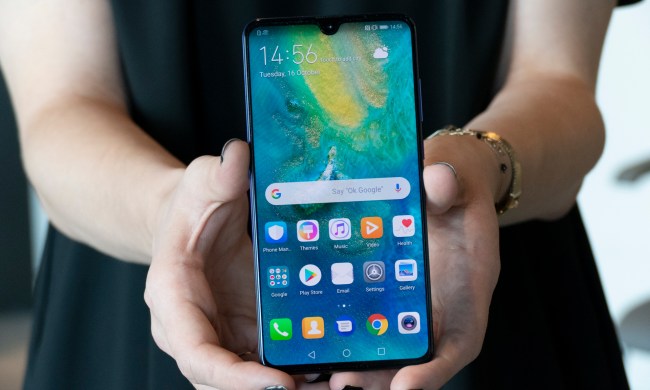
The Android world has lately been focused on the forthcoming Android 3.0 “Honeycomb” with its enhanced focus on tablet devices like the Motorola Xoom, but smartphone enthusiasts have expressed some concern that Google might be foregoing small-form-factor devices for larger tablets. Now, rumors published by Pocket Lint and elsewhere have Google also working on Android 2.4, codenamed “ice cream,” apparently with a focus on smartphones and today’s Android devices.
Google has so far declined to comment.
Different reports for Android 2.4 indicate the system will be unveiled at Google’s I/O conference in May; some maintain that the operating system wil be available on that date, while others report that the operating system will merely be announced, with a release following in June or July. Google has previously indicated it wanted to slow down the pace of major Android releases to about two per year: given that Android 2.3 “Gingerbread” was released in December, a May-to-June timeframe seems feasible if Google were to continue the Android 2.x release line.
If the reports are true, the numbering and naming scheme may indicate Google intends to maintain two separate branches of Android: Android 3.0 (with the first incarnation in “Honeycomb”) aimed more at tablet and entertainment devices, while Android 2.x (perhaps extended with “Ice cream”) might focus more on phones and small portable devices. The “Ice cream” monicker does fall with Google’s alphabetic naming scheme: previous released of Android were codenamed Donut, Eclair, Froyo, Gingerbread, and now Honeycomb. The letter “i” is a logical followup.
The rumors do not include any information for features and capabilities planned for the release.

